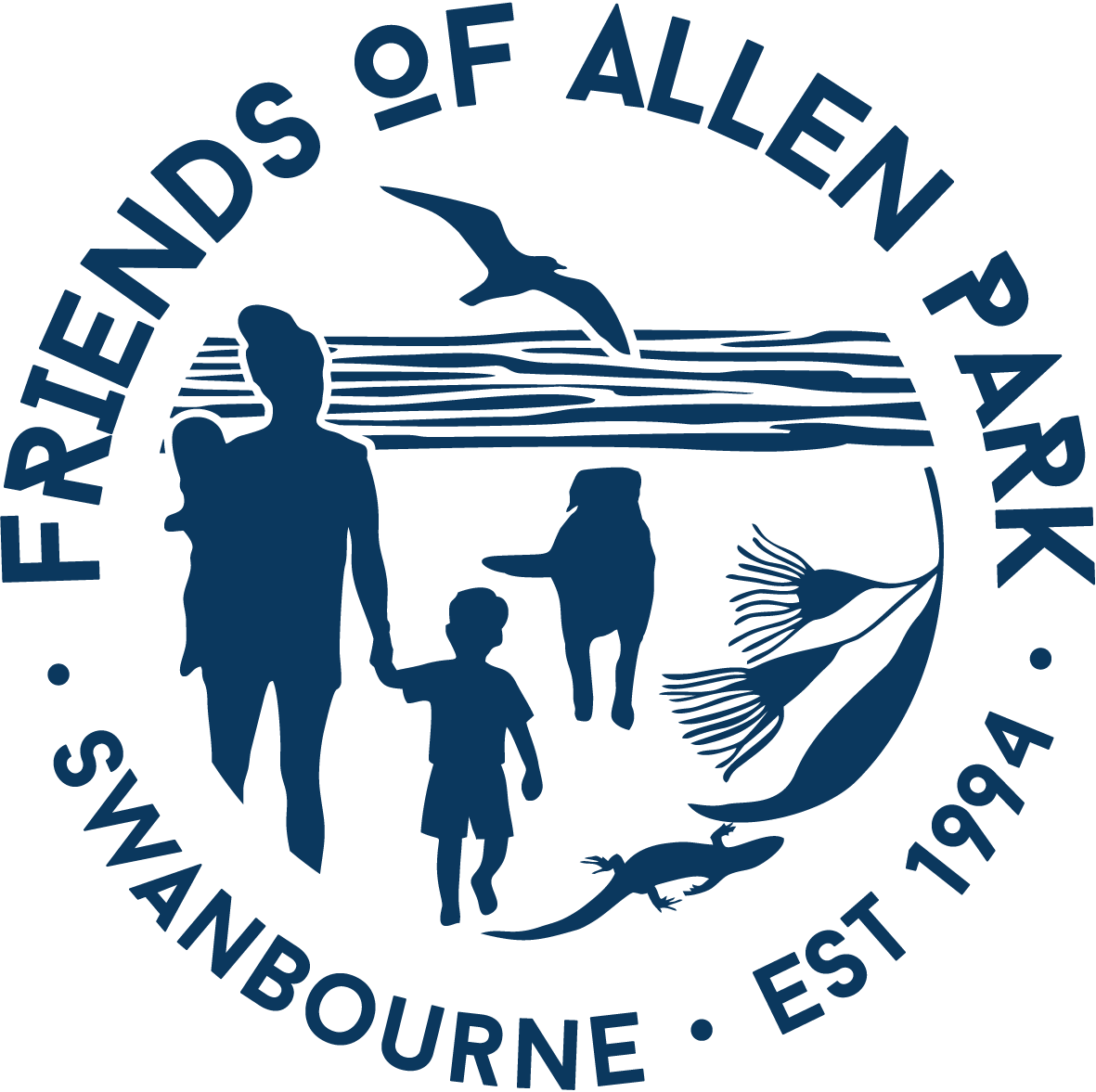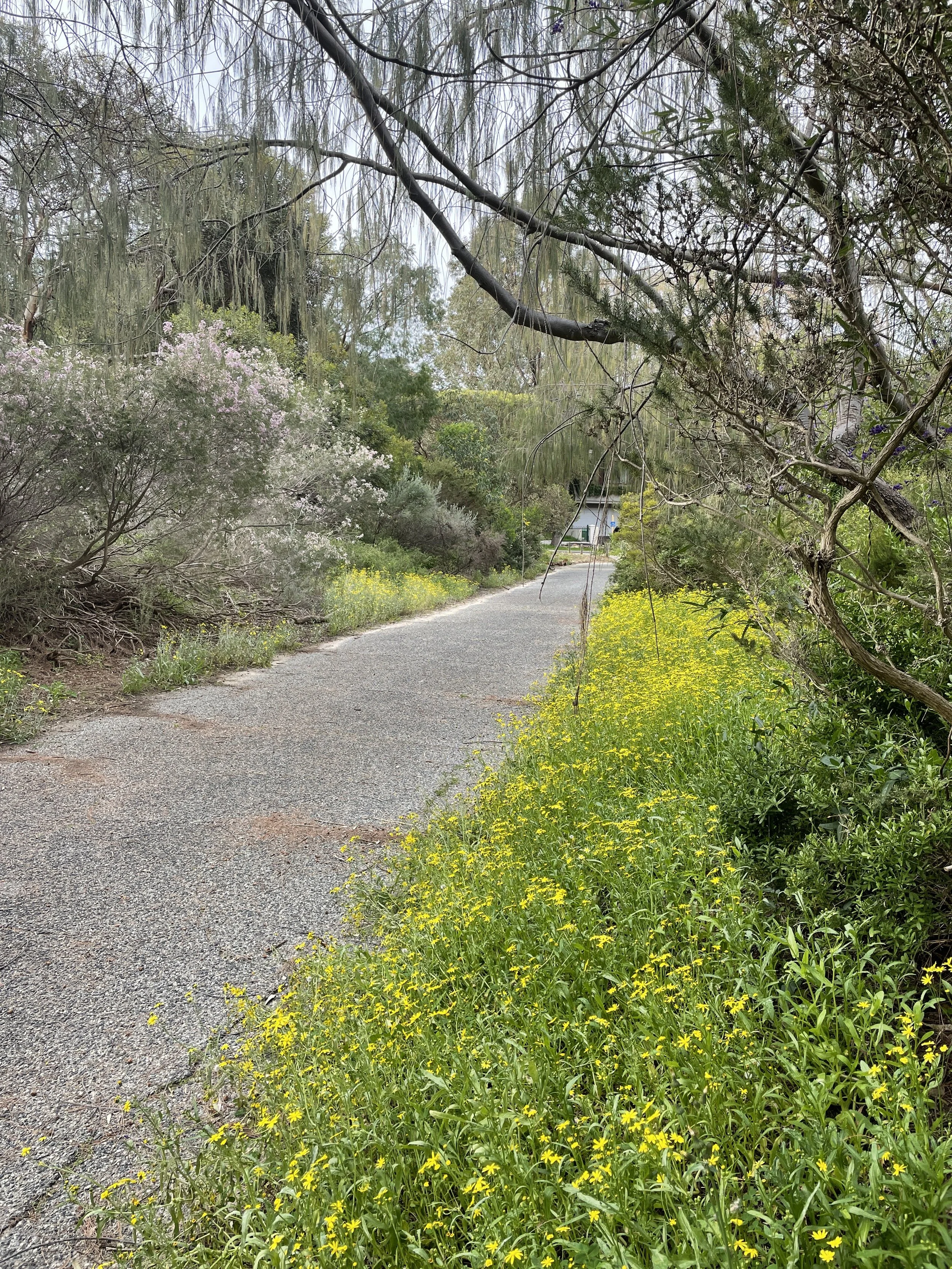About Friends of Allen Park
In December 1993, the local community that used and valued an area known as “The Walkway” between Sayer Street and Allen Park was shocked to discover that the City of Nedlands was supporting a proposal by a developer to cover The Walkway with two-storey units, destroying the bushland and threatening the flight paths of the Boobook Owls.
The Walkway had been created in 1978 by the closure of a portion of Kirkwood Road between Wood and Sayer Streets; and had become part of the north-south coastal cycle route used daily by pedestrians who valued the ability to walk to the park, shops and beach without needing to cross a road. Importantly, it provided a level access for the young and elderly.
The Walkway was Crown Land vested in the Council. At the time of the vesting in 1978, the Council had arbitrarily nominated the purpose as “aged housing” and it was this category upon which the developer had seized as a cheap way of obtaining land.
Eldercare, the developer, was proposing to build a two-stage development. The first stage would be the units built along the walkway. To qualify to live there, one member of the family needed to be over the age of 55 (hardly “elderly”). Under Eldercare’s policy, the units would be leased to occupiers. The second stage of the development was a proposal to build an intensive high-care facility on what was then empty land bounded by North Street, Pine Close, Lyons Street and Clement Street.
There was no guarantee that the second stage would ever be developed but Eldercare, and the Council, were keen to push ahead with the first building stage on The Walkway.
An immense amount of energy was expended by local Allen Park residents to oppose this development and it was heartening to be joined by so many supporters from across the City of Nedlands.
To formalise what had become a strong and committed group of community members, the Friends of Allen Park (FOAP) was formed. Friends of Allen Park is open to anybody who lives in, or loves, the Allen Park precinct. It has the ability to call a meeting of the community about any matter of importance relating to Allen Park and its environs.
At the time of its formation, it was a forum for those who were working on the battle to save something that was precious. Ultimately, that battle was successful. A number of residents contributed towards the cost of a lawyer who specialised in local government (who was also a former councillor) and he discovered a legal loophole. It was not legal to lease homes on Crown Land that was vested in the Council for a purpose yet Eldercare’s proposal was to lease the units to occupiers. Some members of FOAP took out an injunction on those grounds and the work that was about to start on the development was halted at the eleventh hour.
Signs that had been erected to advertise the development were ceremoniously removed and a celebratory party was held on The Walkway in January 1995.
The Friends of Allen Park spawned another body: The Friends of Allen Park Bushland Group, which was incorporated and was able to apply for grants to assist with the rehabilitation of the bushland. The first working bee was held in 1996 on the denuded block adjacent to no 7 Sayer Street.
Members of the Allen Family were invited and were presented with commemorative T-shirts, emblazoned with the striking Templetonia flower, which is the symbol of the FOAPBG. Lesley Shaw, the first president of FOAPBG designed the T-shirt and drew the Templetonia flower.
Friends of Allen Park Bushland Group is today known as the Melon Hill Bushland Group Inc to distinguish it from the Friends of Allen Park advocacy group, however many people are members of both groups.
Friends of Allen Park exists today as an unfunded, non-incorporated community body. It has developed an email database of community members who can be contacted and updated with information about matters of local interest.
FOAP has been recognised by the City of Nedlands as a positive force in the community. Membership is informal and there is no membership fee.



